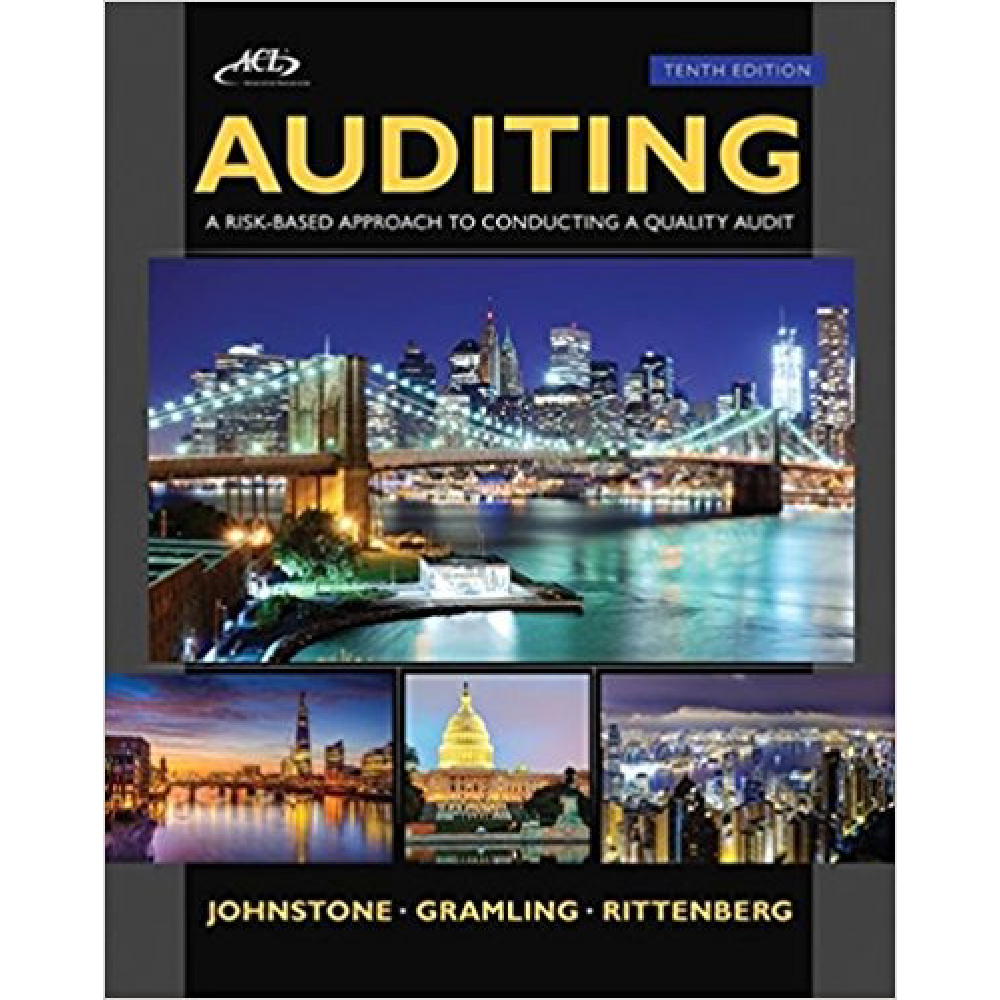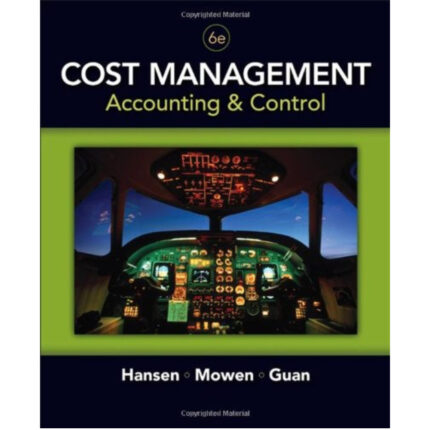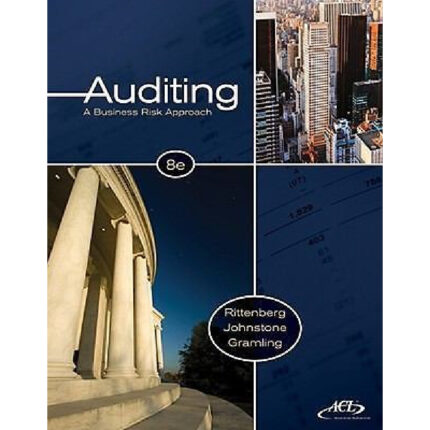Auditing A Risk Based Approach to Conducting A Quality Audit 10th Edition By Johnstone – Test Bank
Chapter 8 – Specialized Audit Tools: Sampling and Generalized Audit Software
| 1. Audit sampling implies the gathering of evidence to use as a basis for making valid inferences about the characteristics of the population as a whole without examining every transaction. | ANSWER: | True | | POINTS: | 1 | | LEARNING OBJECTIVES: | AUDT.JOHN.16.123 – Objectives of Audit Sampling | | STATE STANDARDS: | United States – AK – AACSB-Analytical skills
United States – AK – AICPA BB-Critical thinking |
|
| 2. Audit sampling is the application of an audit procedure to less than 100 percent of the items within an account balance or class of transactions for the purpose of evaluating some characteristic. | ANSWER: | True | | POINTS: | 1 | | LEARNING OBJECTIVES: | AUDT.JOHN.16.123 – Objectives of Audit Sampling | | STATE STANDARDS: | United States – AK – AACSB-Analytical skills
United States – AK – AICPA BB-Critical thinking |
|
| 3. When performing substantive tests using sampling methods, the auditor’s main concern is the risk of incorrect rejection. | ANSWER: | False | | POINTS: | 1 | | LEARNING OBJECTIVES: | AUDT.JOHN.16.124 – Risks Associated with Sampling | | STATE STANDARDS: | United States – AK – AACSB-Analytical skills
United States – AK – AICPA BB-Critical thinking |
|
| 4. The risk of incorrect acceptance of an account balance as correct, when in fact it is not correct, bears directly on the effectiveness of an audit. | ANSWER: | True | | POINTS: | 1 | | LEARNING OBJECTIVES: | AUDT.JOHN.16.124 – Risks Associated with Sampling | | STATE STANDARDS: | United States – AK – AACSB-Analytical skills
United States – AK – AICPA BB-Critical thinking |
|
| 5. The tolerable misstatement is the confidence level needed to infer population values. | ANSWER: | False | | POINTS: | 1 | | LEARNING OBJECTIVES: | AUDT.JOHN.16.125 – Using Sampling to Test Account Balances and Assertions | | STATE STANDARDS: | United States – AK – AACSB-Analytical skills
United States – AK – AICPA BB-Critical thinking |
|
| 6. Statistical sampling is used when an auditor chooses to examine all purchases of equipment exceeding $1,000.00 and to test the remaining items by analytical procedures. | ANSWER: | False | | POINTS: | 1 | | LEARNING OBJECTIVES: | AUDT.JOHN.16.126 – Non-statistical vs. Statistical Sampling | | STATE STANDARDS: | United States – AK – AACSB-Analytical skills
United States – AK – AICPA BB-Critical thinking |
|
| 7. The most efficient method of testing a large population is the use of non-statistical sampling. | ANSWER: | False | | POINTS: | 1 | | LEARNING OBJECTIVES: | AUDT.JOHN.16.126 – Non-statistical vs. Statistical Sampling | | STATE STANDARDS: | United States – AK – AACSB-Analytical skills
United States – AK – AICPA BB-Critical thinking |
|
| 8. Statistical sampling assists auditors in determining the sufficiency of evidence gathered. | ANSWER: | True | | POINTS: | 1 | | LEARNING OBJECTIVES: | AUDT.JOHN.16.126 – Non-statistical vs. Statistical Sampling | | STATE STANDARDS: | United States – AK – AACSB-Analytical skills
United States – AK – AICPA BB-Critical thinking |
|
| 9. When testing controls, the use of haphazard selection of a sample allows for random, statistical evaluation. | ANSWER: | False | | POINTS: | 1 | | LEARNING OBJECTIVES: | AUDT.JOHN.16.127 – Attribute Sampling | | STATE STANDARDS: | United States – AK – AACSB-Analytical skills
United States – AK – AICPA BB-Critical thinking |
|
- The tolerable failure rate is the level at which the control’s failure to operate would cause the auditor to conclude that the control is not effective and would likely change the auditor’s planned assessment of control risk in performing tests of account balances..
| ANSWER: | True |
| POINTS: | 1 |
| LEARNING OBJECTIVES: | AUDT.JOHN.16.127 – Attribute Sampling |
| STATE STANDARDS: | United States – AK – AACSB-Analytical skills
United States – AK – AICPA BB-Critical thinking |













Reviews
There are no reviews yet.